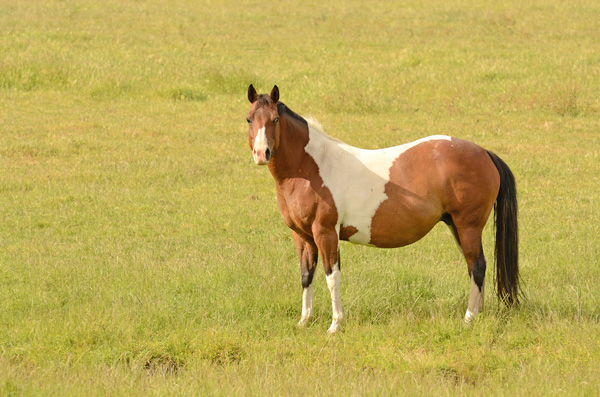
Citing statistics indicating the March-April period has the highest incidence of barn fires compared to other months, HorseSafetyUSA.com will observe “Barn Fire Prevention Month,” during April.
“Data from the National Fire Reporting System (NFIRS) and the National Fire Protection Association (www.nfpa.org) show that the incidence of barn fires during March and April index higher than any other period of the year,” noted Wayne G. Hipsley, chairman of HorseSafetyUSA.com. “We need to be mindful of barn fires every month of the year, every week of the month, every day of the week, and every hour of the day–but particularly when the likelihood of fire is at its peak.”
Drawing on more NPFA data, Hipsley noted that the probability of barn fires peaks during the afternoon hours from Noon to 6 p.m. “There is definitely a human factor at work when it comes to barn fires,” he concluded.
The likely causes of barn fires are heating (21%) and electrical distribution and lighting equipment (14%), according to NFIRS and NFPA data. “The single major source of barn fires is the heat lamp, which accounts for almost one in eight fires,” Hipsley warned.
As a precaution, HorseSafetyUSA recommends stables initiate a Barn Fire Prevention Program that includes:
- Maintain a contact list of other farms in the area that can be called upon for assistance.
- Post the phone number of the nearest fire station.
- Have all staff and clients program emergency numbers in their cell phones.
- Invite your local fire station personnel to visit your barn to assess the site before an emergency exists and to recommend “best practices” for fire prevention.
- Conduct emergency firefighting short courses with staff and clients on the use of fire suppression equipment, including the proper use of water and chemical.
- Get neighboring farms (horse and non-horse) involved in a fire prevention plan.
- Post “No Smoking” signs at all entrances and throughout the barn(s).
- Make sure all exit doors are working and can be opened or shut in an emergency.
- Install smoke detectors in all offices, restrooms, kitchen, and tack rooms, as well as sitting areas and other public rooms.
- Install automatic sprinkler systems in barns and stables.
- Install a fire alarm system.
- Check fire extinguishers annually to make sure they are properly charged, and remove and replace any expired or used extinguishers.
Create a Fire Emergency Plan that includes:
- Escape plan for each horse.
- Regular fire drills.
- Train staff and clients in fire fighting.
- Assess the behavior of your horses to determine which may be a problem in an emergency.
Maintain emergency equipment:
- Fire extinguishers every 50 feet.
- 10-pound fire extinguishers rated ABC.
- Mount halters, ropes, and lead shanks at every stall door.
- Clearly mark areas to store flashlights, buckets, fire blankets, and First Aid kits.
“The bottom line,” Hipsley maintained, “is to PLAN, PLAN, PLAN. And always keep SAFETY FIRST in your horsemanship skills.”
A recognized national and international equine safety professional for nearly 25 years, Hipsley is the lead author along with of the upcoming publication Equine Risk Management & Safety. The manual is the first volume in The Equine Safety Library to be offered by
HorseSafetyUSA.com in both e-book and softbound editions.
HorseSafetyUSA, founded in 2011, is dedicated to improving the safety of all aspects of the professional and amateur levels of the equine industry and equestrian sports through education, training, certification and accreditation.


